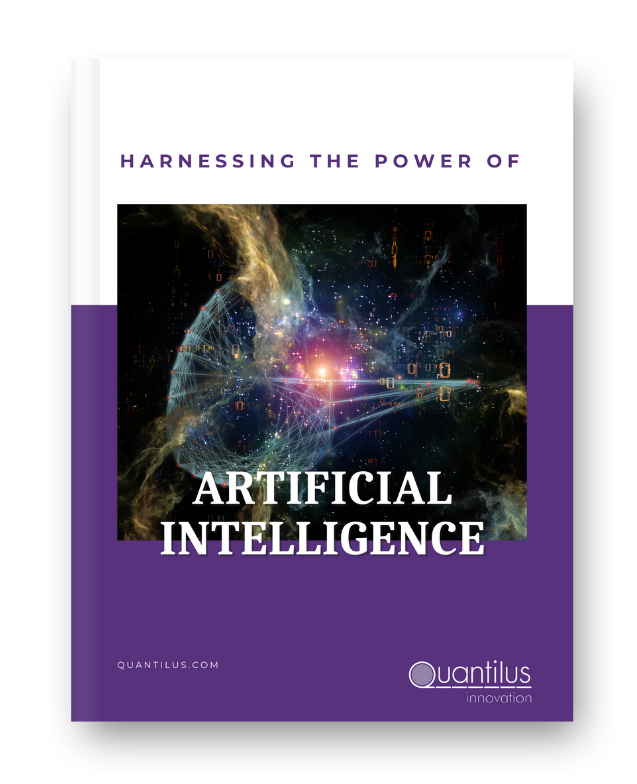

The term “microservices” has become almost inescapable in the software development world. Developing large, complex, and layered applications have never been simple, and microservices offer an architectural framework that makes the job much easier.
More and more development projects have undertaken microservices in recent years, with largely positive results so far. In fact, for many developers and teams, this has come close to becoming the default mode of building applications.
Let’s dive into the basics of microservices and why they appeal to so many developers across industries and geographies.
Microservices refers to a software architectural approach in which an application is composed of small independent components or processes. These components communicate over lightweight APIs and work together to accomplish necessary tasks. Each of these components or processes (usually owned by self-contained teams) is called a microservice.
The microservices architecture prioritizes granular, low-weight operations that spread out similar processes onto numerous apps. The approach is helpful when building or optimizing software to align with the cloud-native model, which allows for on-demand access across a network of remote servers.
The microservices structure makes apps faster to build and easier to scale, which allows for faster creation and introduction of new features. Since each microservice runs independently, it can be updated, deployed, and modified to change individual functions or features.
Before diving in, let’s quickly understand the opposite of microservices: monoliths.
A single-tiered software is equipped with multiple components (authorization, business logic, database integration, etc.) into a single platform running a single program in a monolithic architecture. Basically, everything required by the business is done by a single software with multiple modules and functions matching various organization needs.
Monoliths are harder to maintain, update and test. Since a single software does everything, any impact on one component will affect the entire ecosystem. It is also larger, which reduces start time, and the entire software has to be redeployed for every update. Needless to say, it is far less manageable, flexible, and reliable than microservices.
For context, notable examples include:
Moving from monolith to microservices architecture can be complex but offers multiple, tangible long-term advantages. This transition, however, needs to be carefully strategized. One of the most popular approaches to accomplish this move is the Strangler Pattern.
On a high level, the strategy comprises two major steps:
Microservices are a key component of cloud-native architecture–something organizations are quickly adopting because of its many advantages. The cloud-native approach is used to build applications meant for a cloud environment. Essentially, these apps are designed to be hosted on public, private, or hybrid clouds as opposed to on-premise data centers.
Cloud native development helps companies deliver new features, products, and services faster and align with customer expectations of speed and efficacy. Cloud-native software uses discrete, reusable microservices (also hosted on the cloud) to integrate with and run on cloud environments. Microservices, often packaged in containers, work together to run the application, providing flexibility, agility, and scalability to the ecosystem.
Microservices and APIs are almost always in the same conversations. For beginners to the concept, they may seem interchangeable, but they are not. Understanding the distinction between them is key to erecting a microservices architecture.
APIs are the interface via which microservices communicate with each other to process and validate a client request. Developers and end-users can leverage them to access an application data or use one or more of its functionality. Anything from using your Facebook account to access a dating app, using GPay to pay on a delivery app, to activating any IoT device makes use of APIs to operate.
Web pages, gadgets, apps all use APIs to communicate and work in tandem. Microservices use APIs to interact with each other and do what they are meant to. So, while microservices are the building blocks of the application, APIs are the channel by which they communicate to build said application.
Microservices have become a future-forward tool for any company that seeks to have a digital presence. With speed, efficient memory use, agility, and accuracy on its side, microservices make software development, deployment, and usage infinitely easier. Unsurprisingly, more and more industry leaders are choosing to take their monolithic legacy systems into the fluid, well-oiled mechanism of a microservices-based architecture.
Any organization that expects to satisfy the modern customers’ basic demands of speed, efficacy, and regular updates must shift its digital infrastructure to microservices. Not doing so means risking the loss of revenue, traffic, and credibility to competitors more aligned with this particular game-changing innovation in software development. While the process may seem daunting, transition to microservices can be seamless and hassle-free with the right services and platforms in hand.


Need help navigating your AI journey?
Download our eBook for insights and tips to ease your way into adopting AI for your business – the smart and practical way!
Need help navigating your AI journey?
Download our eBook for insights and tips to ease your way into adopting AI for your business – the smart and practical way!